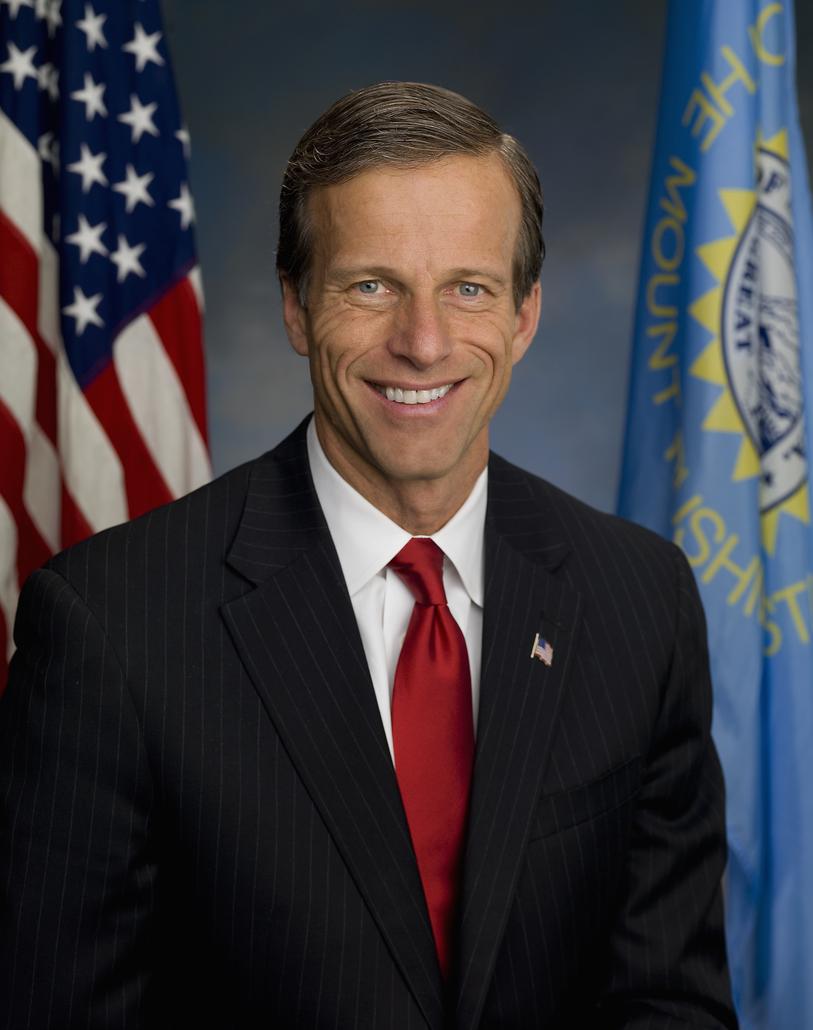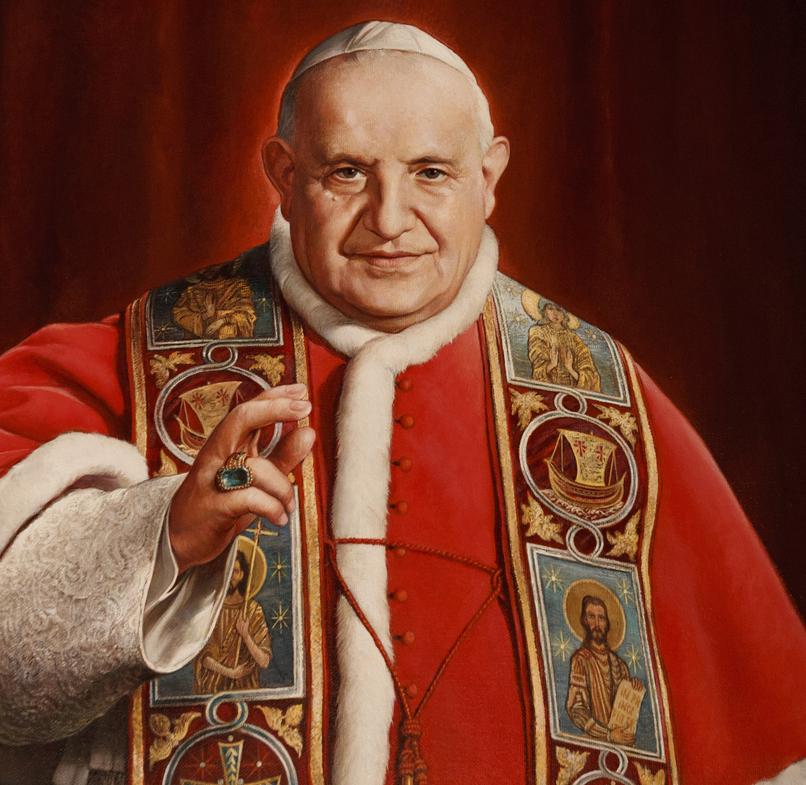John the Baptist was likely influenced by Essene traditions but was not strictly an Essene himself. He shared features such as residing in the wilderness, performing ritual baptisms, and opposing the corrupt Jerusalem priesthood, yet differed markedly in lifestyle, ministry approach, and teachings.

John’s family background provides initial clues. Luke 1:7 describes his mother as barren, suggesting an elderly or childless couple who faced social stigma. His father is called a righteous man during a period when many, especially Essenes, criticized the Jerusalem priesthood’s corruption. This aligns with Essene views but does not prove John’s direct association.
The Essenes, known for their communal life near Qumran in the Judean wilderness, expanded by initiation and adopting children. If John’s parents died early, he might have been raised or influenced by this sect. Luke 1:80 notes John dwelling in the wilderness, echoing where Essenes lived. Both John and Essenes practiced ritual washings or baptisms, but these were different in nature. John’s baptism was a one-time, public act symbolizing repentance. The Essenes performed daily ritual washings to maintain purity, reflecting stricter ceremonial law.

John’s ministry openly conflicted with temple authorities, likening them to a “brood of vipers” (Matthew 3:7). Like the Essenes, he condemned the corrupted priesthood, emphasizing moral renewal and impending divine judgment. The Essenes expected an apocalyptic clash between “sons of light” and “sons of darkness,” a worldview that parallels John’s fiery preaching about coming wrath and salvation.
Despite these similarities, John’s lifestyle diverges sharply. He consumed locusts and wild honey in the wilderness, foods rejected by the Essenes, who ate only carefully prepared communal meals fitting strict purity laws. This dietary difference signals a separate religious identity or a more flexible approach.

John’s public mission contrasts with the Essenes’ exclusivity. Essenes lived in isolated communities, required lengthy initiation, and separated themselves from society. John, however, baptized broadly, welcomed all who sought repentance, and sent people back to their daily lives empowered to live changed. This outreach and inclusivity went against Essene communal isolation.
Historical sources further separate John from the Essenes. Josephus, a key historian, mentions both groups but never categorizes John as an Essene. Likewise, New Testament texts never mention the Essenes by name, though John’s activities are documented. This silence suggests early Christians—and historians—viewed John’s movement distinctly.

Scholars speculate John might have initially belonged to or been influenced by Essene circles, potentially at Qumran, but later diverged following his divine calling. This divergence allowed him to blend apocalyptic themes with a more open, accessible call to repentance and baptism.
| Aspect | John the Baptist | Essene Community |
|---|---|---|
| Location | Wilderness of Judea | Qumran near Judean wilderness |
| Baptism Practice | One-time, public for repentance | Daily ritual washing for purity |
| Lifestyle | Consumed locusts and wild honey | Strict communal meals, clean diet |
| Ministry Approach | Public, inclusive, sending people home | Exclusive, isolated community, long initiation |
| Relation to Temple | Opposed corrupt priesthood openly | Rejected Jerusalem priesthood as impure |
| Historical Identification | No direct association by Josephus or NT | Explicitly identified as a sect |
John the Baptist fits the religious landscape as a prophetic figure bridging Jewish apocalyptic traditions and an inclusive call to repentance. He shares some ideological traits with the Essenes but adapts them into a public ministry that prepared the way for Jesus.

- John likely had early Essene influences but developed a distinct mission.
- Both opposed the Jerusalem priesthood’s corruption.
- John’s baptism differed from Essene ritual washings.
- His lifestyle and public ministry contrast with Essene exclusivity.
- Contemporary sources do not explicitly link John with the Essenes.
Was John the Baptist an Essene? Unpacking His Place in a Complex Religious Landscape
Was John the Baptist an Essene? The short answer: possibly at first, but he definitely carved his own path. The intriguing overlap between John’s life and the Essenes has fascinated scholars and religious historians alike. Let’s dive deeper into how John fits into the religious mosaic of his era, and why the Essene connection, while tempting, doesn’t tell the whole story.

Imagine the Judean wilderness, a tough, dusty backdrop perfect for religious rebels. It’s here, in this sparse environment, that both John the Baptist and the Essenes made their mark. But as similar as they seem, these groups had some pretty big differences.
John’s Roots: Family Matters and Early Influences

First, consider Luke 1:7. John’s conception was no ordinary event. His mother, Elizabeth, was barren—likely elderly—while his father, Zechariah, is described as “righteous.” Now, the Essenes had a major beef with the Jerusalem priesthood, calling it corrupt. Zechariah’s righteousness fits that criticism, hinting at a family mindset distancing from the mainstream priests. Could this mean John’s family had ties with the Essenes, who shared distaste for the temple’s corrupted elite?
It’s plausible. The Essenes maintained strong communities, particularly at Qumran near the Judean wilderness. When children were orphaned or adopted, the Essenes often initiated them into their strict brotherhood. If John lost his parents early, he might have found himself picked up by an Essene community. This would mean John’s formative years had an Essene flavor, instilling in him some of their core values.
Wilderness and Water: Baptism and Beyond
Luke 1:80 tells us John lived in the wilderness, mirroring the Essenes’ territory near the Door of Achor. Both groups practiced ritual washing—baptism, if you like. But here’s a twist: Essenes performed frequent, even daily, washings to maintain purity. John’s baptism was a one-time event, designed for repentance and forgiveness of sins, as shown in Luke 3:3.
This difference is telling. John’s baptism had an urgent, public call to change and renewal that went beyond daily ritual purity. He used water as a symbol, not for cleanliness but transformation. And while both opposed the temple authorities, John spoke directly to them, even labeling Pharisees and Sadducees a “brood of vipers” (Matthew 3:7-10). The Essenes stayed mostly separate, criticizing from the sidelines but keeping their distance.
Public versus Private: Mission Styles and Audience
John’s ministry wasn’t some exclusive club behind closed doors. He preached openly by the Jordan River, inviting anyone to repent and receive baptism. This evangelistic approach was radical for his day—quite unlike the Essenes’ exclusive, secluded communities, who had a rigorous initiation process and expected adherents to live communal lives mostly cut off from wider society.
The Essenes prized ritual purity, communal meals, and isolation. John, however, welcomed all comers and sent people back home to live changed lives amid everyday hustle. This public accessibility marks a sharp break with Essene exclusivity.
The Diet Debate: Locusts and Honey vs. Strict Clean Meals
Here’s a quirky but important detail: what John ate. According to Luke, John dined on locusts and wild honey. This simple fare fits the desert lifestyle vividly but stands apart from the Essenes’ strict dietary laws. Essenes ate carefully prepared, communal meals and emphasized cleanliness of foods to the letter. John’s wild diet hints at a more ascetic and less ritualistically rigid lifestyle.
Eschatology: Similar Themes, Different Players
Both John and the Essenes were into apocalyptic expectations. The Essenes believed a cosmic battle between “sons of light” and “sons of darkness” would shake the world. John’s fiery preaching about impending wrath and a coming kingdom fits right into this worldview. He warned of judgment and called for repentance—echoing Essene themes but from a different pulpit.
Historical Records: Silence Speaks Volumes
One major hurdle in linking John to the Essenes is historical silence. Josephus, who knew both groups well, refers separately to John and the Essenes without connecting the two. The New Testament authors, who mention John extensively, never name the Essenes. Why the omission? If John was an Essene, one might expect clear identification.
This silence suggests that, while John may have shared some Essene beliefs or had early contact, he operated distinctly enough to be seen as separate by contemporaries and historians alike.
A Likely Scenario: From Essene Roots to Independent Prophet
Putting these pieces together, a plausible story emerges. John could have been raised or influenced by an Essene-like environment, possibly even at Qumran. However, once his divine calling came, he *split* from their secluded, communal lifestyle. He launched a public mission that challenged not only the corrupt temple leadership but also Essene exclusivity.
His baptism differed—it was public, singular, and symbolic of repentance, not just a ritual purification. His diet and lifestyle were wilder, less controlled. John’s ministry invited everyone to join in preparation for the coming kingdom, not just a chosen sect.
Why Does This Matter Today?
Understanding John’s place in the religious landscape enriches our grasp of the complex spiritual world of Second Temple Judaism. It shows that religious life was vibrant and diverse, with many threads intersecting and diverging. John’s blend of asceticism, radical public proclamation, and eschatology offered a fresh alternative to the corruption and exclusivity pervasive at the time.
It also challenges us to avoid labeling spiritual figures too neatly. John’s example—possibly rooted in the Essenes but evolving beyond them—demonstrates the power of individual calling and innovation in faith.
So, Was John the Baptist an Essene?
It’s more accurate to say John had Essene influences but was not an Essene in the strict sense. His ministry was too public, his practices too distinct, and historical records too clear in separating the two. John was a wilderness preacher with a message uniquely his own—rooted in, but not defined by, any one group.
Next time you picture John by the Jordan River, remember: he was part ascetic, part prophet, part social revolutionary—a man who took the best of his spiritual ancestors but made a new path ahead.
Was John the Baptist raised as an Essene?
John may have had early contact with the Essenes. His wilderness lifestyle and baptismal practice align with Essene traditions. However, his public ministry and diet differ, suggesting he was not fully part of their community.
How did John’s baptism differ from Essene purification rituals?
John’s baptism was a one-time event for repentance and forgiveness. The Essenes performed daily washings as part of their routine purification, showing a key difference in practice.
Why is John the Baptist often linked to the Essenes in historical discussions?
Both opposed the Jerusalem priesthood’s corruption and lived in the wilderness. Their shared eschatological views about impending judgment connect them. Yet, no ancient source directly calls John an Essene.
In what ways did John’s ministry differ from Essene practices?
John’s ministry was public and inclusive, inviting all to repentance and then to return to normal life. The Essenes were secluded, with strict communal living and long initiation rituals, contrasting sharply with John’s approach.
Did historians like Josephus associate John the Baptist with the Essenes?
Josephus mentioned both separately but never grouped John with the Essenes. New Testament writers also omit any direct link, indicating they saw John as distinct from the Essene sect.




